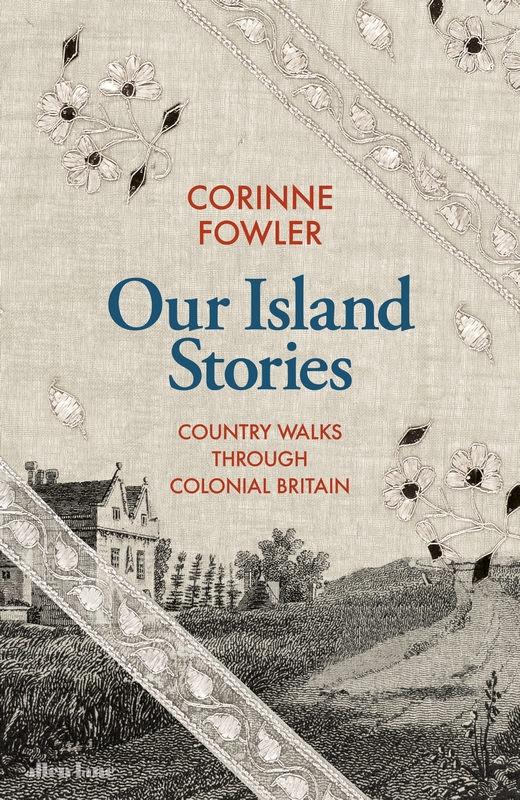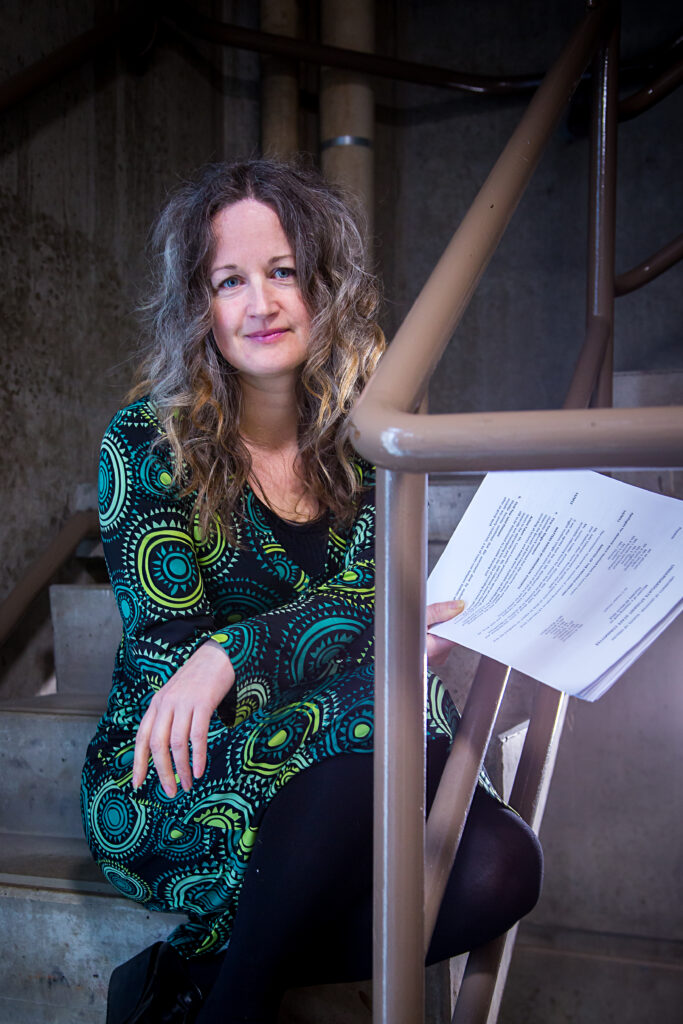Enjoy this article?
Most Museums Journal content is only available to members. Join the MA to get full access to the latest thinking and trends from across the sector, case studies and best practice advice.
Professor Corinne Fowler’s latest book, Our Island Stories: Country Walks Through Colonial Britain, weaves descriptions of the British countryside and rural life with colonial histories. Her aim is to show that colonialism is part and parcel of the fabric of this nation – from the craggy islands of the Inner Hebrides in the north, to the dramatic coastlines of Cornwall in the south.
Over the course of 11 walks, Fowler details how land and estates were owned by people who profited from enslavement and colonisation around the world. Sir William Windham Dalling, for instance, used the wealth
he accrued through the enslavement of people in the Caribbean to consolidate and expand his estate around Earsham Hall in Norfolk.
Fowler also effectively demonstrates how transatlantic slavery and colonialism ensnared and impacted the wider populations of rural Britain and their histories of labour.
One example is how Scottish elites bought up swathes of the Scottish islands and highlands with slavery-derived wealth, then decimated the traditional croft farming system that sustained communities for generations, depopulating the land for sheep farming and deer hunting.

Or further south, how plantation-owning returnees from the Caribbean bought up land in England that was previously in common ownership, leaving a legacy we still navigate today where fields, paths and streams might be closed off to the public behind a “private property” sign.
In another chapter, Fowler explains how the endeavours of Cornish copper miners provided a commodity that was vital for the economic system of transatlantic slavery.
Even literary icons are caught up in colonialism’s extensive web, such as Romantic poet William Wordsworth whose brother was involved in the East India Company.
At times, in Fowler’s attempt to show how the British countryside is seeped in colonialism, the British empire can come across as parochial, even mundane, its impact distant; rather than the system of transnational, racial, ultraviolence that it actually was.
Fowler does reference violence and the impact of British coloniality in places beyond Britain’s borders, but the histories and their legacies – such as the climate crisis, ongoing occupation of lands, economic inequalities – feel distant. In contrast, the legacy of public access to land in Britain takes the fore.

Our Island Stories might have achieved a more decentred analysis of the many-headed monster of the British empire if Fowler had incorporated walks in former British colonies. For example, what might we have learned of this interconnected and shared history if Fowler had walked the countryside of Jamaica? This could have taken in the mass-privatised beaches that largely exclude Jamaicans, and the sugar estates, some of which are still in the hands of descendants of enslavers, while the land is worked by descendants of the enslaved.
Fowler is joined on her walks by 10 companions, including journalist and author, Sathnam Sanghera, artist and photographer, Ingrid Pollard, and historian Ibrahima Seck. These companions offer powerful insights rooted in their lived experience of navigating rural spaces as people of African, Caribbean and Asian descent. This includes the racism still experienced in these places, the lack of belonging and the intergenerational trauma that still impacts lives. These are crucial components of the book that demonstrate how coloniality isn’t an interesting facet of the past, but something that shapes our present realities.
Fowler and her walking companions show us that we can tell stories about Welsh shepherds, and we can tell stories about the deadly economy that kept those same shepherds employed. We can tell stories of weavers, their hardships and their radical politics. And we can tell stories about the conditions that enslaved people worked under to provide cotton for the same weavers’ looms.
These multiple, entangled truths are a reality of Britain’s countryside, and they can coexist as part of one narrative. It is a narrative that will add greater depth and breadth to our understanding of Britain’s landscapes and the people who live and work within them.
Miles Greenwood is the lead curator of transatlantic slavery and legacies, National Museums Liverpool
Most Museums Journal content is only available to members. Join the MA to get full access to the latest thinking and trends from across the sector, case studies and best practice advice.